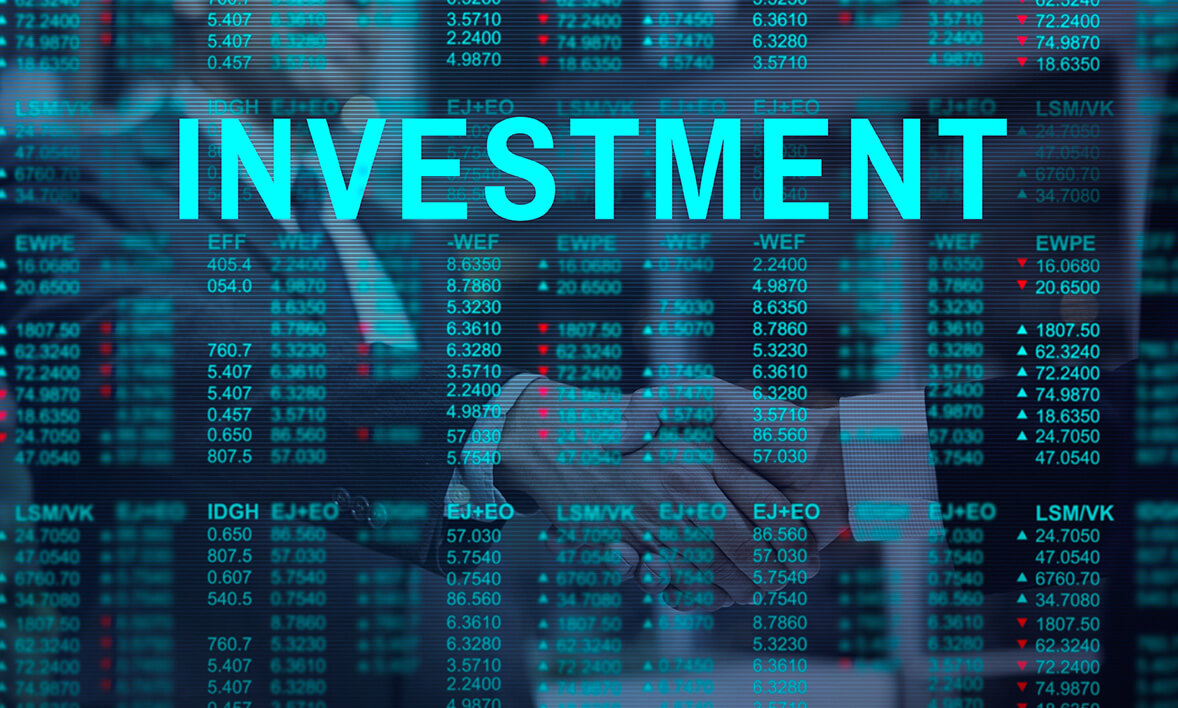Investors Flock to Bond Market as Yields Rise
As Bond Yields Hit Unexpected Highs
It is not often that bond yields make it to the front page of newspapers.
But, whenever it does, it sets the alarms going, and more so whenever bond yields rise. Just to recant, bond yields rise when their prices fall. And bond prices fall when the outlook for interest rates is hawkish – meaning they are expected to rise.
Market participants on various social media forums and closed user groups discuss rising yields, and financial advisors advise investors to buy three to five-year maturity funds.
Why is there so much interest?
India's 10-year benchmark gilt, the 7.26% 2032 bond, ended with a yield of 7.45% on February 27th. This is the highest in close to four months.
This has led many financial advisors to get clients invested in such funds citing an incremental 10% return over four years.
Indian bond yields tracked the 10-year US bond, which saw its yield rise to 3.5% on February 24th.
Why did US bond yields rise?
The US Federal Reserve's personal consumption expenditure (PCE) index rose. This triggered concern that interest rates could stay higher for longer.
The PCE index, like RBI's measure of core inflation, excludes volatile food and fuel prices and is used by the US central bank to monitor inflation.
The rise in the PCE index caused an increase in yields of US bonds, considered a haven asset, thereby narrowing the rate differential with bonds in emerging markets like India.
That made Indian bonds relatively unattractive to foreign portfolio investors, who might have sold them. Reason Closer Home
Reports said Prospects of an unwinding of forward rate agreements could also be a reason for rising yields in India.
The Union Budget has introduced a clause that will tax the maturity proceeds of insurance policies with an aggregate annual premium of over 5,00,000 rupees.
With demand for bonds bought by insurance expected to decrease, banks with forward rate agreements guaranteeing insurance companies fixed returns could come under pressure.
These agreements, issued mainly by foreign banks, essentially enabled insurance companies to lock in a fixed rate of an interest rate for a future pay-out.
Essentially, insurance companies looking for fixed returns were buying these agreements from foreign banks looking to benefit from a rising interest rate environment.

Fear of rising yields
One potential impact of rising bond yields is that it can make borrowing more expensive for businesses and consumers, which could lead to a slowdown in economic activity. It can also impact the stock market, as rising bond yields can make stocks less attractive to investors.
A rising yield presents an opportunity to build passive income.
If you are an investor, the best course of action during an inverted yield curve situation depends on your investment goals and risk tolerance.
Some general strategies that investors can consider during an inverted yield curve:
Diversify your portfolio: It's important to diversify your portfolio across different maturities and asset classes to reduce risk.
Focus on quality: Consider investing in high-quality stocks or bonds of companies with a history of weathering economic downturns.
Stay patient: An inverted yield curve may indicate a potential economic slowdown, but it does not necessarily mean that a recession is imminent. It's important to stay patient and avoid making impulsive investment decisions.
Always consult a qualified financial advisor to assess your investment portfolio and determine the best course of action.
Liked what you read? Share this article with your followers.
Sign up and follow us on and to get the best stories on Investments, Strategies, Tools, Ideas & Insights to help you Grow and Conserve your wealth.

